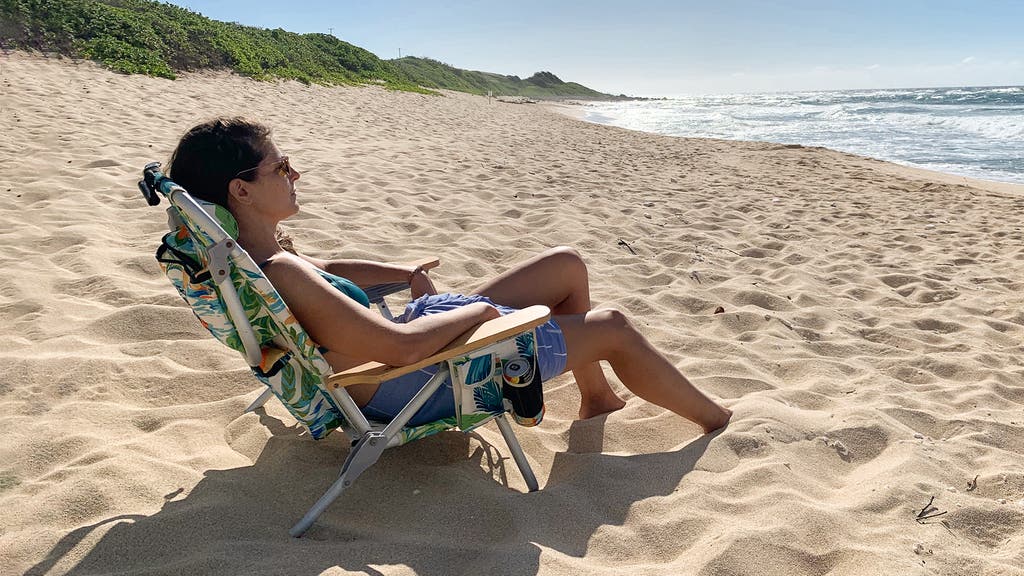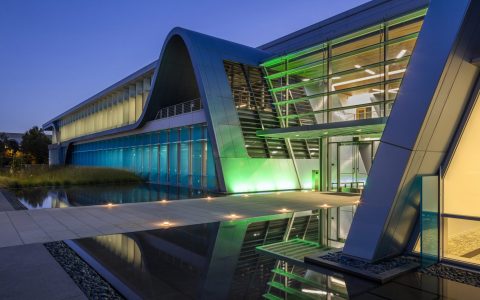The term "sand stool" primarily refers to a category of seating furniture characterized by the incorporation of sand, either as a material component, a weighting agent, or an aesthetic finish. Understanding its specific context is crucial for precise interpretation.
Types and Construction of Sand Stools
Sand stools can vary significantly in their design and purpose:
- Sand-Weighted Stools: These are designed for enhanced stability, often used in outdoor or high-activity environments. Sand is typically contained within a sealed base or internal compartments of the stool, made from materials like plastic, metal, or durable fabric. The added mass prevents tipping and movement.
- Stools with Sand-Infused Materials: This category includes stools made from composite materials where sand is an aggregate, contributing to the structure, texture, or appearance. Innovations in material science may lead to more diverse applications of sand in furniture construction.
- Stools with Sand-Textured Finishes: Here, the stool's primary structure (e.g., wood, metal, polymer) is coated with a finish containing sand or sand-like particles. This treatment can provide a tactile surface, improve grip, or achieve a specific visual effect (e.g., rustic, industrial).
Design and Material Considerations
When designing or selecting a sand stool, several factors are important:

- Containment (for weighted stools): The method of containing the sand must be robust to prevent leakage and ensure longevity. Liners, sealed compartments, or reinforced shells are common.
- Material Durability: The materials used for the stool's main body and any sand-containing sections must withstand environmental factors (if outdoors) and the abrasive nature of sand. UV-resistant plastics, treated metals, or heavy-duty fabrics are often employed.
- Aesthetics and Texture: The fineness of the sand used in textured finishes can greatly alter the look and feel, from a subtle matte surface to a distinctly granular texture.
- Weight and Portability: While sand-weighting increases stability, it significantly increases the overall weight, impacting ease of movement. This is a key trade-off in their design.
Functional Attributes and Applications
The incorporation of sand imparts specific functional benefits:
- Enhanced Stability: The primary advantage, especially for sand-weighted stools, making them suitable for windy conditions, uneven surfaces, or environments where accidental tipping is a concern.
- Unique Tactile Qualities: Sand-textured surfaces offer a distinct feel and can provide non-slip properties.
- Specific Aesthetic Appeal: Sand can contribute to natural, earthy, or rugged design aesthetics.
- Sound Dampening: In some designs, a sand-filled core can help dampen vibrations or sound.
Applications range from outdoor patio furniture and poolside seating to specialized commercial furniture where stability is paramount, or unique interior pieces where texture and material play a key design role.







